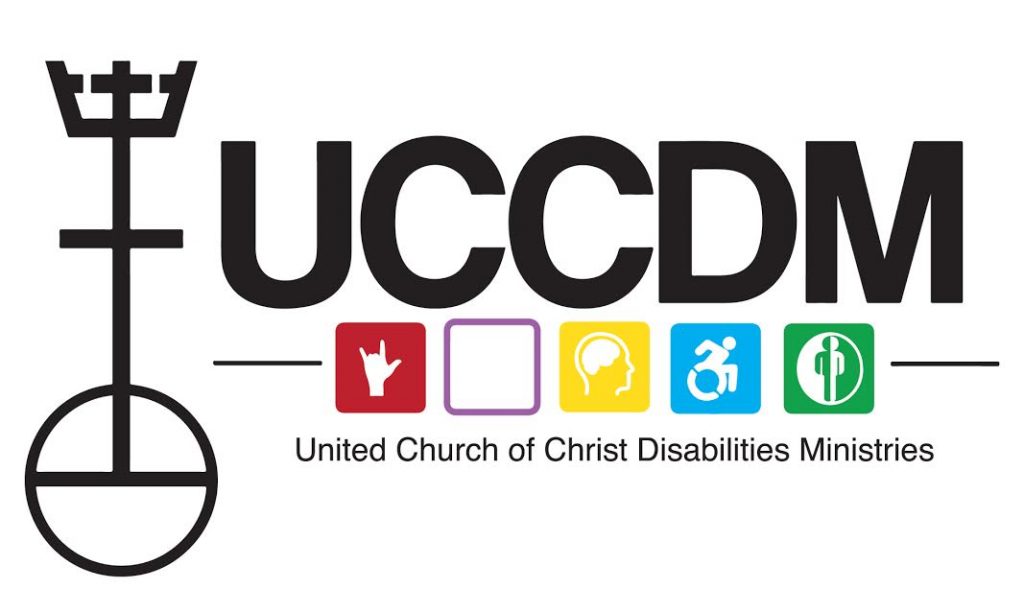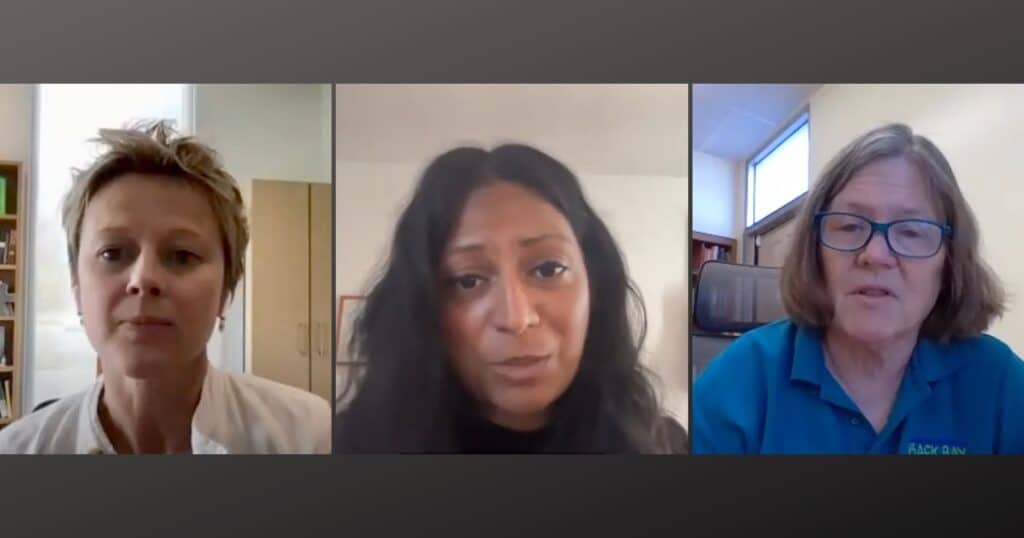Rethinking church: Measuring growth and vitality
(Part one in a two-part series on the future of the UCC)
While the United Church of Christ continues to lose both members and congregations, the decline may be slowing. Denominational leaders are eyeing these numbers while staying focused on vitality and considering ways to connect with an up-and-coming generation for whom the traditional model of church membership may be obsolete.
Recently-released Yearbook figures for 2009 show a net loss of 33 UCC congregations and 31,492 members. Total membership as of December 31 stood at 1,080,199, with 5,287 congregations.
In 2008, the UCC saw a net loss of 57 congregations and 33,590 members. In 2007, the denomination declined by 141 congregations and 51,193 members — its biggest loss since 1961. The 2005 General Synod affirmation of marriage equality fueled losses in 2007 and 2006, but also led to some new affiliations, church leaders say.
How is the UCC faring compared to other mainline denominations? According to the 2010 Yearbook of American and Canadian Churches published by the National Council of Churches, no mainline denomination saw a net gain in members in 2008 (the year for which the NCCs 2010 Yearbook data was collected). The UCC lost 2.93 percent of its membership; the Presbyterian Church (U.S.A.), 3.28 percent; the Episcopal Church, 2 percent; and the Evangelical Lutheran Church in America, 1.92 percent. The United Methodist Church, the largest mainline Protestant denomination at 7,774,420 members, lost 1.01 percent in 2008, according to its own figures.
During the same year, the Catholic Church, the Latter-day Saints, the Assemblies of God, Jehovah’s Witnesses and the Church of God (Cleveland, Tenn.) gained between 1 and 2 percent. The largest Protestant denomination, the Southern Baptist Church, lost 0.24 percent of its members.
Denominational leaders in the UCC are paying attention to the decline, but are interested in other factors besides the number of people in the pews. “We’re not looking at membership as much as we used to as an indicator of church vitality,” says the Rev. Stephen Sterner, executive minister for Local Church Ministries.
One sign of vitality is a diversity that increasingly reflects the changing U.S. population, says Sterner. Within local churches, worship attendance, the number of adult baptisms, and members’ involvement in mission or service are also key indicators, he says. A small church that looks like its community and is engaged in ministry there may actually be healthier than a larger church that does not reflect its community’s racial mix and is located where people must drive some distance to attend, Sterner added.
One trend impacting churches is the religious habits of young adults. Robert P. Jones, CEO of Public Religion Research, says young adults are marrying and starting families later. They live with roommates or partners and juggle busy schedules, but appreciate opportunities to get involved with groups and issues they care about, Jones says.
Jones and others who study religious engagement patterns among Millenials (ages 18 to early 30s) say young adults don’t have strong denominational loyalties. Those who claim any religious involvement are likely to connect with a number of different faith groups and organizations for service, mission, study and worship.
“This is different than a membership model, where you’re at services or Sunday School on a weekly basis,” says Jones. While Millenials’ affiliations may be less regular or institutionalized, “those connections are important to them,” he says.
The UCC’s progressive stances on issues such as marriage equality have led some members and congregations to leave. These stances may attract youth and young adults, says Jones, because the treatment of gays and lesbians is “a huge factor in how younger generations are evaluating religious institutions.”
His findings are similar to The Barna Group’s survey of 16 to 29 year-olds outside the Christian faith about their perceptions of contemporary Christianity. The results were the basis for the 2007 book unchristian, by Gabe Lyons and David Kinnaman. Barna’s subjects described contemporary Christianity as “anti-gay” “judgmental” and “hypocritical” — qualities they saw as antithetical to Jesus’ life and teachings.
The Rev. Geoffrey Black, general minister and president of the UCC, says the challenge of connecting with youth and young adults often comes up in his conversations with local churches, conferences and associations.
Black, Sterner and others are in the final stages of preparing a denomination-wide strategy for youth and young adult engagement. That strategy, Sterner insists, must go beyond trying to figure out how to get 18 to 30 year-olds into the church. “What we need to figure out is how do we get the church to youth and young adults,” he says.
This could require “a rethinking of what it means to be church,” he adds.
Black’s travels around the country during his first year as general minister and president have given him much reason to be hope-filled about the denomination’s future, he says.
“We’re trying to work through some things, but the church, in its many configurations, is really alive and vibrant and poised to engage those questions and to do that reaching out.”
[Part two in this series will explore the question: Can the UCC grow and stay true to its identity?]
The Rev. Rebecca Bowman Woods is a Christian Church (Disciples of Christ) pastor, former news editor of DisciplesWorld Magazine, and a regular contributor to United Church News and StillSpeaking Magazine.
Related News
Rethink Children and Youth Online Summit will delve into future of ministry for younger generations
Children and youth will be the focus of discussion at the Rethink Children and Youth Ministry...
Read MoreEngaging and Inclusive Worship grant: Call for focus group participants
The United Church of Christ National Setting has received a $2,000 grant originating from the...
Read More‘Brave Conversations’: Webinar speakers navigate interfaith relations in time of deep polarization
With the Middle East conflict fueling antisemitic and anti-Muslim rhetoric and violence in the...
Read More

